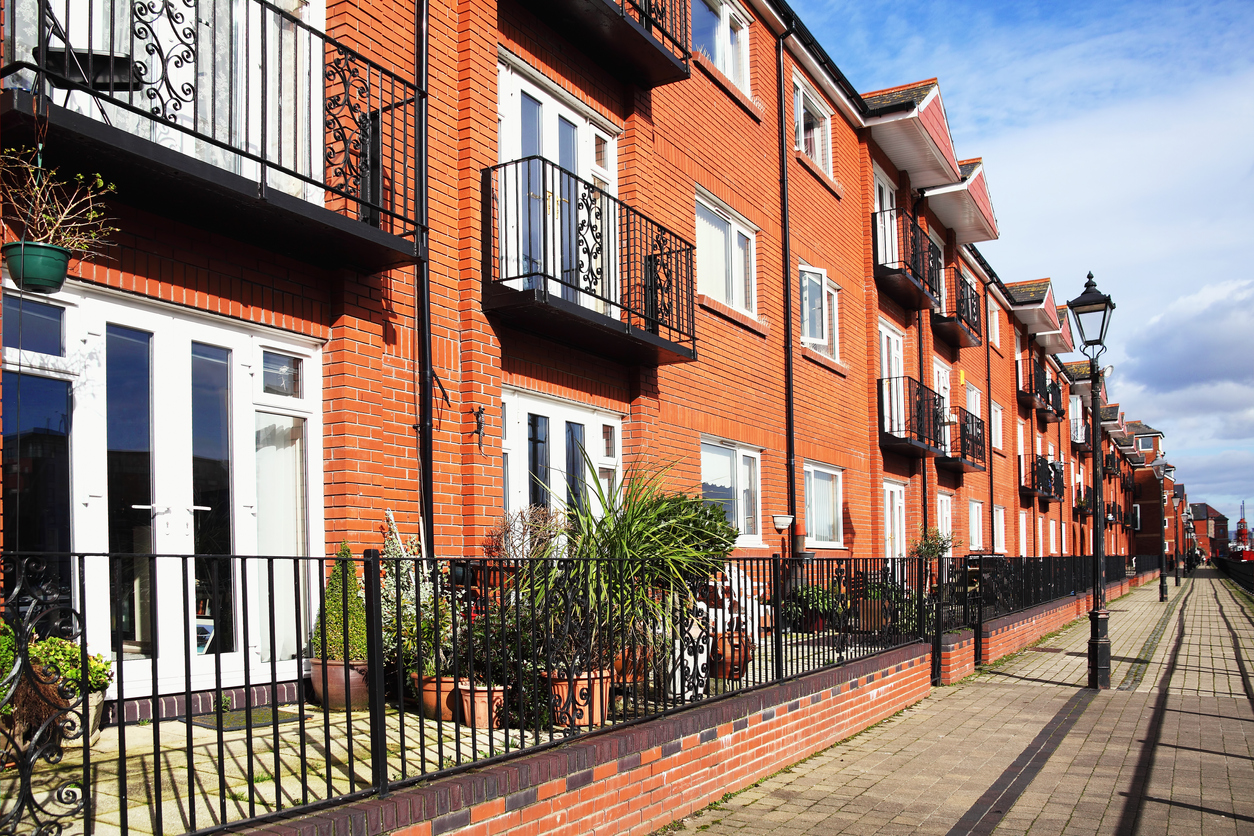Property Investment
Retirement Home Shortage Provides Alternative Investment Opportunities for BTL Investors

With so many restrictions and limitations being placed on the buy-to-let (BTL) market in recent years, and banks offering minimal returns on savings, many UK investors are on the lookout for alternative investment opportunities, such as the largely untapped retirement home sector.
Retirement living
There are several types of retirement homes in the UK, ranging from independent living apartments to assisted living units, residential homes, nursing homes and flash, new retirement villages that offer the whole shebang such as restaurants, bars, libraries, swimming pools, lovely manicured grounds and more…
The huge gulf between supply and demand for retirement homes in the UK
According to recent Office for National Statistics (ONS) estimates, there are just short of 12 million people aged 65 or over living in the UK currently. The independent statistical institute predicts that the number of people aged 65 or over will pass the 17 million mark by 2035 – a staggering 50 per cent increase in c.20 years!
However, despite these ONS estimates and predictions showing significant growth in the UK’s ageing population, industry experts state that retirement properties only make-up two per cent of the UK’s current housing stock.
This data highlights the huge gap between current supply and projected demand for retirement housing in the UK; and as so-called ‘Baby Boomers’ grow older, demand is set to rise even further.
The worrying truth is that the UK is facing a housing crisis regarding the provision of suitable homes for our ageing population.
Housing shortfall for seniors presents alternative asset opportunities for investors
As you might expect, this critical shortage of housing provision for the UK’s ageing population presents some interesting opportunities for the savvy investor.
In fact, large investment firms such as AXA Investment Managers – Real Assets and Legal & General Capital have already identified the lucrative opportunities presented by the ‘later living’ sector and have added retirement villages and care homes to their extensive property portfolios.
Phil Bayliss, the head of later living at Legal & General Capital, spoke of some recent L&G acquisitions:
“The acquisition of Renaissance Villages and Ledian Farm in quick succession is testament to our aggressive growth objectives for the Later Living business. Legal & General’s long-term investment in this sector will bring the necessary scale of supply to what is currently the most underserved sector of the housing market.”
As well as the points above, here are some more reasons for considering investing in the sector:
- Demand for retirement properties is far greater than supply: in 2018, research from estate agent Knight Frank found that current stock levels of retirement housing compared to projected demographic changes (as indicated above) highlighted a “critical undersupply of age-appropriate homes”.
- Figures from Legal & General (L&G) in 2017 also suggest that the UK has a ‘chronic under-supply’ of retirement homes; the firm estimates that 3.3 million UK homeowners over 55, often referred to as “Last Time Buyers” wish to downsize, but only 7,000 custom-built retirement homes were delivered to the sector the previous year – making it, in their opinion, the ‘most under-supplied area of the housing market’.
- Demand for care homes set to double: another paper published by The Lancet in 2018 revealed that by 2035, the demand for care homes across the UK would almost double!
- The need for more suitable accommodation: according to Age UK, over three-quarters of a million people aged 65 and over need specially adapted accommodation because of a medical condition or disability yet 145,000 of them report ‘living in homes that do not meet their needs’. Custom-built retirement homes or care homes, therefore provide a fantastic alternative for our ageing population who currently live in remote, isolated or unsuitable properties.
- Retirement property increasing deemed a good investment: according to Statista, in 2013 only one in five investors considered the prospect of retirement property investment as ‘very good’, but by 2017 one in three investors thought this was the case.
- Retirement properties are generally reasonable to buy (many even avoid costly stamp duty levies), they have the potential to secure long-term rental contracts and command healthy yields while the properties themselves hold their value well due to market demands. One example of this strong demand comes from research from retirement housebuilder McCarthy & Stone that found that 3.5 million people aged 60 and over expressed an interest in buying a retirement property.
- Care homes are also considered a good option to diversify portfolios while at the same time generating a healthy income with returns of 5-10 per cent per annum… much higher than bank or building society savings accounts.
- Additionally, it has been reported that savvy investors have discovered luxury retirement properties are a good buy. One reason for this is because the residents are likely to be affluent thereby reducing the risk of non-payment by tenants.
- The growing popularity of retirement villages: a survey conducted on behalf of Homesearch, a retirement property specialist, found that 19 per cent of the over-50’s believed it ‘likely’ they would spend their autumn years in a purpose-built retirement community, showing a new way of thinking for the UK’s future pensioners.
- Some investors/property developers have also found that retirement homes in large cities have the potential to change use and re-develop for the private rental market.
- And of course, our final benefit with a retirement home purchase is the fact that one day, you’ll be able to live in the property yourself!
Despite strong demographic demand, the UK still lags behind other countries across Europe and the US with regards to retirement housing provision. However, what has become apparent to us, is that the sector is now firmly on investors’ radars as and is certainly worth considering as an alternative asset on one’s property portfolio.











